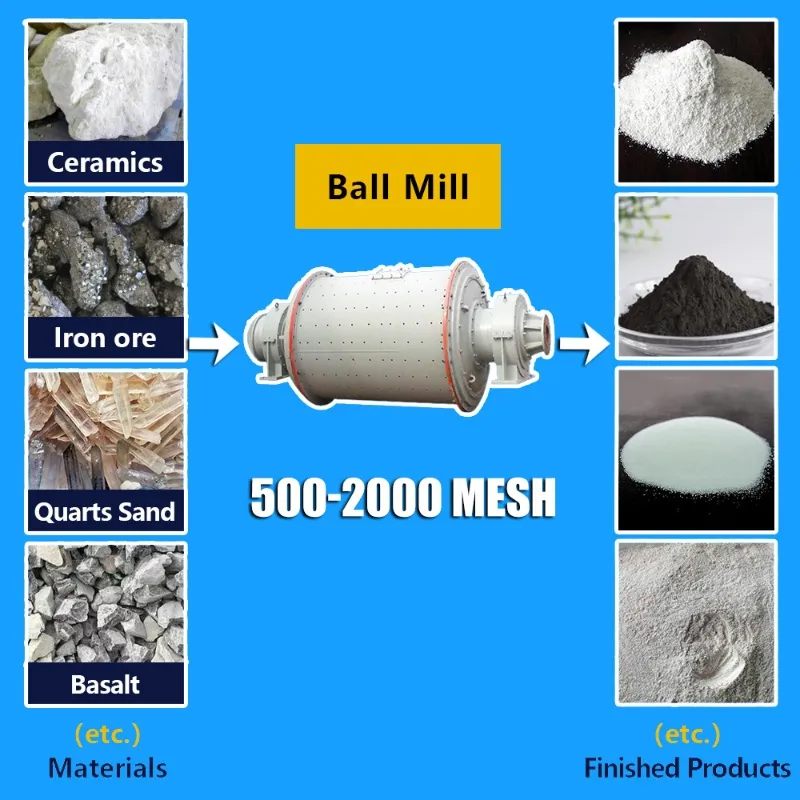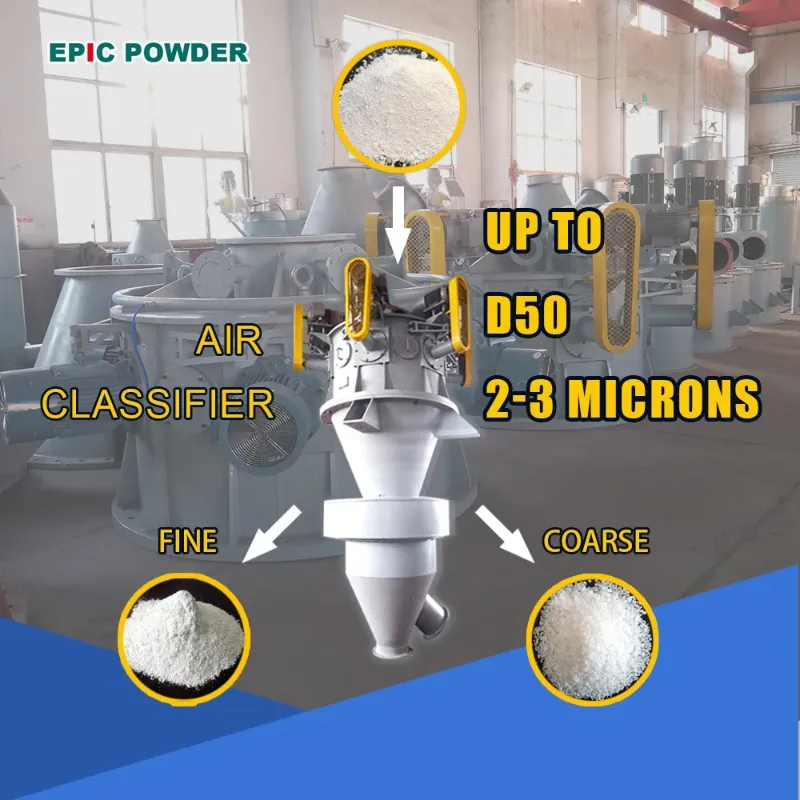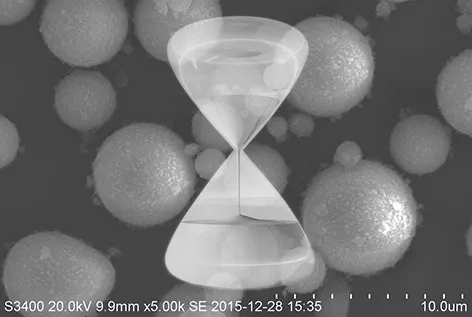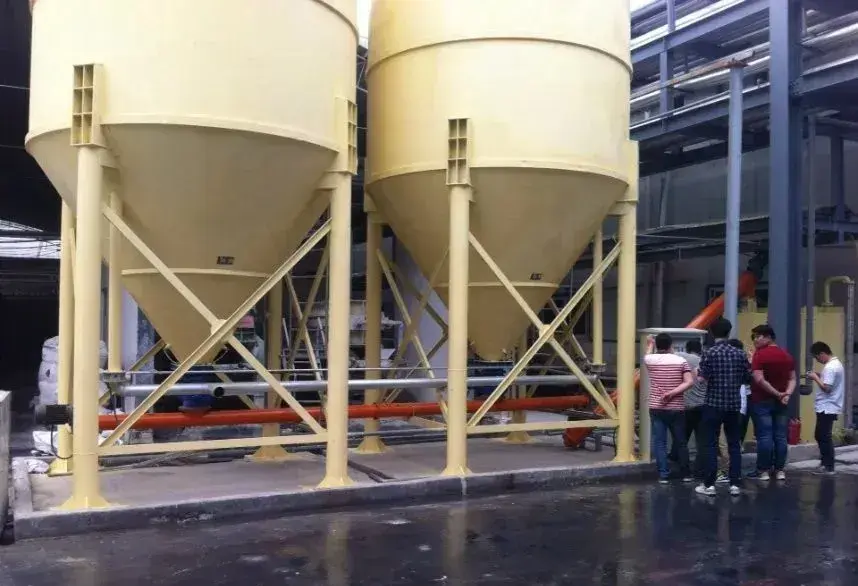Ultrafine powders refer to materials with particle sizes ranging from the micron to nanometer scale. According to industry consensus in mineral processing, ultrafine powders are defined as powders with 100% particle size below 30 μm. Based on particle size, ultrafine powders are usually divided into three categories: micron scale (1–30 μm), submicron scale (1–0.1 μm), and nanoscale (0.001–0.1 μm). With the rapid development of ultrafine powders preparation technologies, particle sizes can be significantly reduced, giving rise to unique characteristics such as surface effects, small size effects, quantum size effects, and macroscopic quantum tunneling effects. These effects result in remarkable differences in thermal, optical, magnetic, chemical, and mechanical properties compared to bulk materials. Consequently, ultrafine powders and their preparation processes are widely applied in industries such as automotive, chemical engineering, composites, biotechnology, and pharmaceutical.

Ultrafine Powders preparation
There are many preparation methods for ultrafine powders, which can generally be classified into chemical synthesis and physical grinding. Chemical synthesis involves producing powders through chemical reactions, where ions or atoms undergo nucleation and crystal growth. The advantages of chemical synthesis include small particle size, narrow size distribution, good morphology, and high purity. However, its drawbacks are low yield, high cost, and complex processes.
Physical grinding, on the other hand, uses mechanical forces to break down materials. Its advantages include high output, low cost, and simple operation, making it suitable for large-scale industrial production. Moreover, mechanical grinding often induces mechanochemical effects, which can enhance powder activity. Therefore, the primary method currently used for preparing ultrafine powders is mechanical grinding. Several main grinding devices are shown in Table 1. Among them, roller presses combined with ball mills are suitable for large-scale industrial production, offering good particle size distribution and high activity. Jet mills, with their excellent product performance, are also widely used in specialized fields.
Type of ultrafine grinding equipments
| Machine Types | Pulverization Principle | Feed size | Product size D97 | Advantages | Disadvantages |
| High-speed mechanical impact mill | A high-speed rotating rotor impacts the feed material, creating impact shear and grinding. | <10mm | 8-45μm | High grinding efficiency, simple structure, stable operation, small mechanical installation footprint, and continuous and closed-circuit grinding capabilities. | High wear resistance, not suitable for hard materials. |
| Air jet mill | The energy of high-speed airflow or superheated steam causes particles to impact, collide, and rub against each other. | <2mm | 3-45μm | Fine particle size, narrow distribution, smooth particle surface, regular shape, high purity, high activity, and excellent dispersibility. | High energy consumption, high cost, and low output, making it suitable for brittle materials. |
| Vibrating ball mill | The grinding media, within the high-frequency vibrating cylinder, impacts, rubs, and shears the material. | <5mm | 2-74μm | High media filling rate, high grinding efficiency, compact size, simple process, and both dry and wet operation. | Springs and bearings are easily damaged, making it unsuitable for large-scale equipment and resulting in low output. |
| Planetary ball mill | The milling cylinder rotates on its own axis and, driven by the turntable, orbits with it. The rolling collisions between the grinding balls and between the balls and the cylinder crush or grind the powder particles. | <5mm | 5-74μm | Utilizes mechanical and chemical effects for simultaneous surface modification during grinding, making it suitable for high-hardness materials with particle sizes up to 0.1 μm. | Grinding media are easily worn, making it suitable for small-batch production. |
| High-pressure roller mill | As the rollers rotate in opposite directions, the material enters a continuously compressed space, where it is squeezed and abraded. When a certain pressure is reached, the material is crushed or microcracks form within the particles. | <30mm | 10-45μm | Utilizes the laminated grinding principle for high efficiency, low energy consumption, minimal wear, low noise, easy operation, and long life. | The product has a wide particle size distribution and is often used in conjunction with subsequent grinding equipment. |
Classification of Ultrafine Powders

Classification of ultrafine powders relies on particle size differences. Particles of different sizes experience centrifugal, gravitational, and inertial forces in a medium. These forces create distinct motion paths. As a result, particles are separated and collected into respective units.
During grinding, not all particles reach the target size simultaneously. If powders that already meet the size requirements are not separated in time, over-grinding occurs, leading to excessive fine particles, agglomeration, lower grinding efficiency, and higher energy consumption. By applying ultrafine classifiers to separate qualified products promptly, over-grinding can be avoided, efficiency can be improved, and energy usage can be reduced.
Ultrafine classification can be broadly divided into wet and dry methods. Wet classification, using liquids as dispersing media, provides high accuracy and uniformity. However, it requires subsequent drying and wastewater treatment, which limits its industrial development. Dry classification relies on gravity, inertia, or centrifugal forces, and is commonly used with air classifiers. With the increasing adoption of high-speed mechanical impact mills and jet mills, dry classification has also achieved significant advancements.
Epic Powder
Epic Powder integrates advanced grinding and classification technologies—including ball mills, jet mills, and air classifiers—to deliver customized solutions for ultrafine powder processing. By optimizing particle size control, efficiency, and product performance, Epic Powder enables industries to fully harness the unique properties of ultrafine materials for high-value applications.

